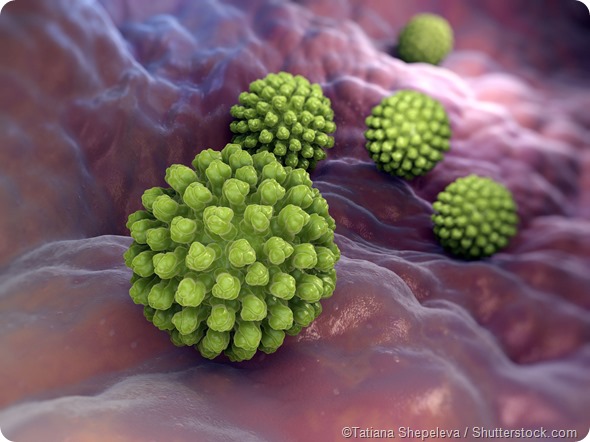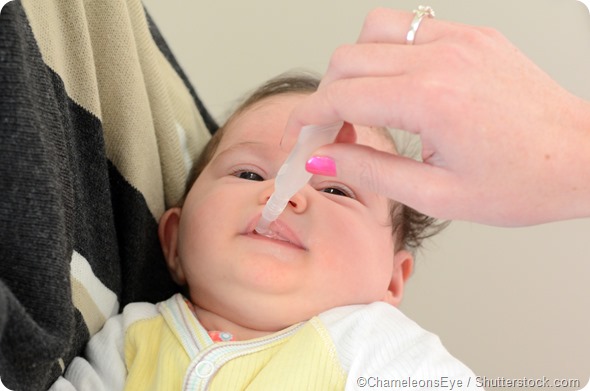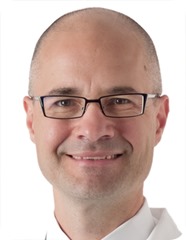An interview with Professor Eric R Houpt conducted by April Cashin-Garbutt, MA (Cantab)
Can you please outline your recent research that suggests the number of cases of childhood diarrhea attributable to pathogens may be higher than previously thought?
The number of cases of childhood diarrhea, and its mortality toll of 500,000 per year, has not changed. Now, however, we can explain ~90% of the cases to specific pathogens. We can assign responsibility. Before we could only assign responsibility to half, at best, usually less than that.
UVA RESEARCH NARROWS AIM FOR TREATING SECOND-LEADING KILLER OF CHILDREN
What were the main findings?
There were 6 main pathogens: Rotavirus and Shigella these were the big two and explained about 20% each. Then Cryptosporidium, a type of E coli, Adenovirus, and Campylobacter. These explained 6-9% each. So in total these 6 explained about 70%. A long list of others filled in the remainder to bring the total up to ~90%. 10% we don’t know.

Were you surprised by the results?
We had a strong idea with what we would find when we started, because we had completed a large study to validate the molecular diagnostics that we used. But that was only done on several hundred specimens, for validation purposes. This was done on nearly 12,000 specimens. In research it’s not enough to have a strong idea, you have to show it.
Why did previous analyses underestimate the number of cases of childhood diarrhea attributable to pathogens?
Because they used older diagnostics that were not very sensitive. They missed a lot. We used very sensitive molecular diagnostics.
What impact do you think this new analysis will have?
I hope it will galvanize efforts to work on treatments, vaccines, and prevention strategies for “the big 6.”

Do we need to focus on developing more vaccines?
I think so. Remember, this kills 500,000 children a year. We can develop vaccines for a small number – it’s not a hopelessly long list.
Currently we only have vaccines for 1 of the 6 – rotavirus. It is a very good vaccine, currently being rolled out around the world. We and others are doing studies to see how much rotavirus remains after rotavirus vaccination. Rotavirus is such a big cause, we might even need a better vaccine for that.
How many of the children with a diarrhea-causing pathogen had more than one infection and what are the main challenges of treating multiple infections?
By our measurements, about 40+% had one causative infection and another 40+% had two or more. No one knows what to do with these multiple infections.
Typically, for childhood diarrhea there is no specific antibiotic therapy recommended for any infection, let alone for multiple, because most episodes are self limited. So it’s really unclear.
I think the field is now going to take a closer look at whether we should be trying to treat more of these infections, now that the causes are so much clearer now.
What follow-up studies are needed to further understand the causes of childhood diarrhea?
I think the treatment studies will be really important – should we treat all these Shigella infections? Does it reduce mortality? Should we focus on vaccines? Both?
Where can readers find more information?
Try reading the manuscript http://www.sciencedirect.com/science/article/pii/S014067361631529X
About Professor Eric R Houpt, M.D.
 Eric Houpt is the Jack Gwaltney Professor of Infectious Diseases at the University of Virginia and is Vice-Chair for Research in the Department of Medicine.
Eric Houpt is the Jack Gwaltney Professor of Infectious Diseases at the University of Virginia and is Vice-Chair for Research in the Department of Medicine.
He and his group leads studies on the burden of infectious diseases, drug resistance, and emerging infections all over the world.
He previously trained at Emory and the University of Chicago, and has worked as a physician and researcher in Papua New Guinea and at the Kilimanjaro Medical Centre in Tanzania.
He was awarded the Bailey Ashford Medal by the American Society of Tropical Medicine, the Oswald Award by the Infectious Diseases Society of America, and is an elected member of the American Society for Clinical Investigation.
He is a member of the CDC Advisory Council for the Elimination of Tuberculosis and has been the tuberculosis consultant for the Virginia Department of Health since 2009.